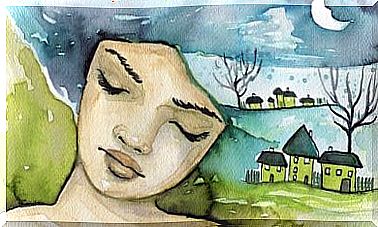3 Ways To Stretch The “muscle Of The Soul” To Combat Discomfort
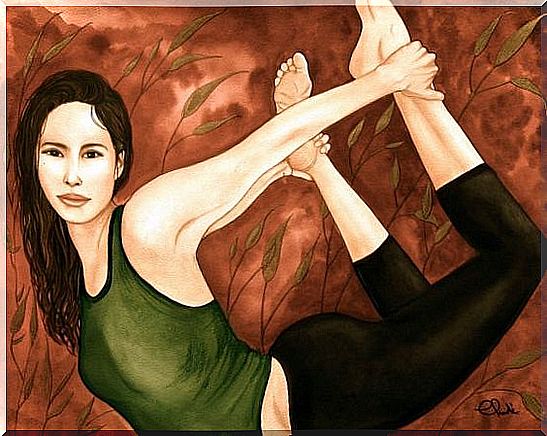
The psoas, also called the “muscle of the soul”, is the deepest muscle in the muscular system and also the one that contributes the most to stabilizing the human body. It helps us maintain balance, joint mobility, range of motion and the proper functioning of the organs located in the abdominal area.
This muscle, which connects the spine and the legs, helps us stay upright and makes it possible for us to lift our legs so that we can walk. A psoas in good condition favors a correct body posture and offers settlement to the internal structure of the body.
Eastern cultures have given it the title of “muscle of the soul” because of its relationship with the central nervous system, since being connected to the diaphragm, it is related to respiration.
We know that the respiratory rhythm has a bidirectional relationship with our emotional state, which is why it is constituted as the messenger of our psychological state. It is, therefore, the muscle in charge of helping us oxygenate our mind.

The tension of the psoas, the affectation of our emotional health
Stress, coupled with the lifestyle that accompanies it, can strain the psoas causing it to shorten or stiffen. This fact produces pain in the back and lumbar area, digestive problems, painful periods, etc.
If the state of stress becomes chronic, the psoas ends up shortening and hardening, affecting our physical and emotional state, generating great discomfort that ends up exhausting our body.
On the contrary, the stronger and more flexible the “muscle of the soul” is, the more vitality we will emanate, since the energy will be able to flow freely through the gaps, the muscles, the joints, the organs, etc.
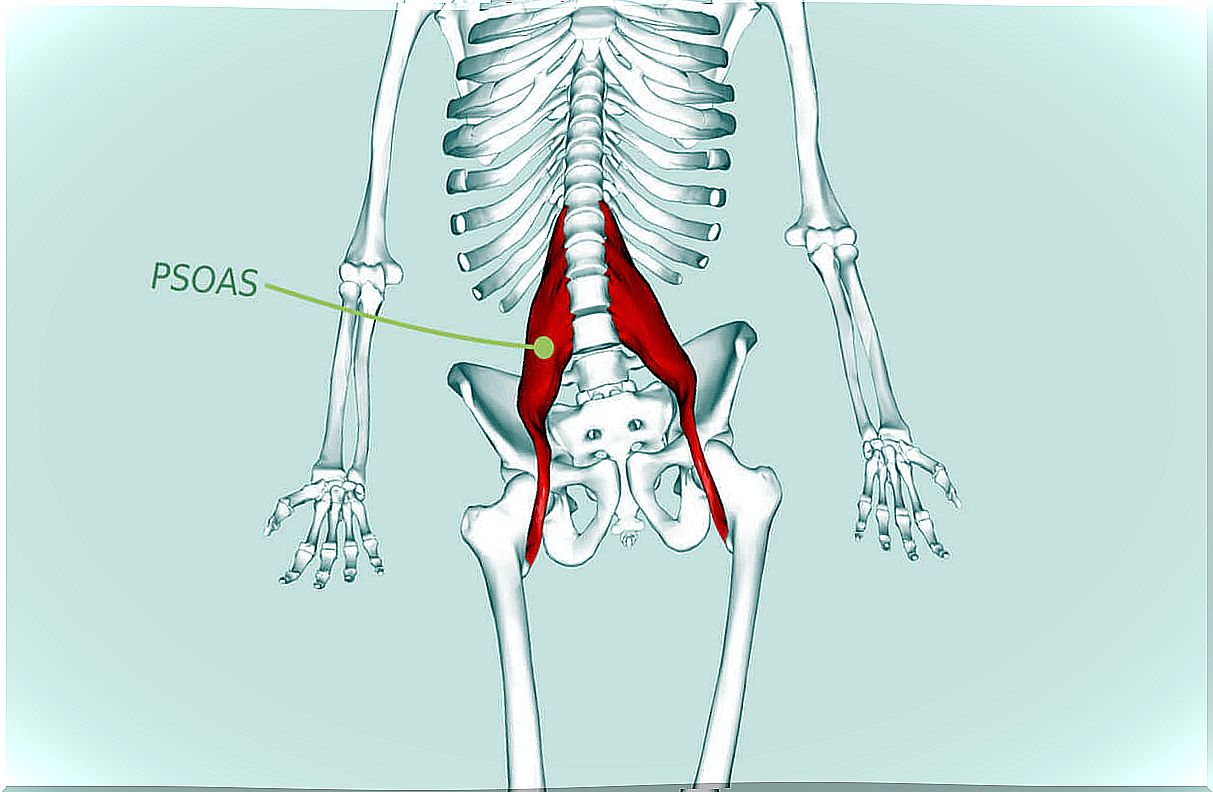
Exercises to relax the “muscle of the soul”
To work on flexibility and strengthening this muscle we can carry out various exercises or stretches. For this we have to take into account that, as seen in the images, the muscle begins at the T12 vertebra, continues through the five lumbar vertebrae, and connects to the upper part of the thigh bone (femur).
Disciplines like yoga focus on working this muscle, as doing so helps release unnecessary tension and flow through truly liberating body movements that help us reconnect with our needs.
. However, before starting to define them, we must know that in each position we must hold ourselves for a few seconds, as well as repeat it with each leg. In addition, we must know that it is advisable to perform them on a daily basis, being also convenient to do them in the morning.
1.Shock
- Stand with your legs shoulder-width apart.
- Keep your back straight, it will help you contract your abdominal muscles.
- Step forward with your right foot.
- Lower your left knee to the ground and slide it back until your entire left leg is straight.
- Rest your hands on your right knee and hold for a few seconds.
- Sit up calmly, go back to the start and do the same exercise with the other leg.
Variant: lunge with element. It is about performing the same exercise but placing a stool, drawer or chair at knee height in order to support it and bring the entire weight of the body forward so that the left leg is straight. Repeat with the other leg.

2.Spinal stretch
- Lie on your back on a mat or mat.
- Place your arms perpendicular to the body, in the shape of a cross. Your palms have to touch the ground.
- Bring your right knee over your left, rotate your hips, and rest on the floor. The leg should be at a right angle.
- The left leg should not be bent.
- Hold for a few seconds and repeat with the other leg.
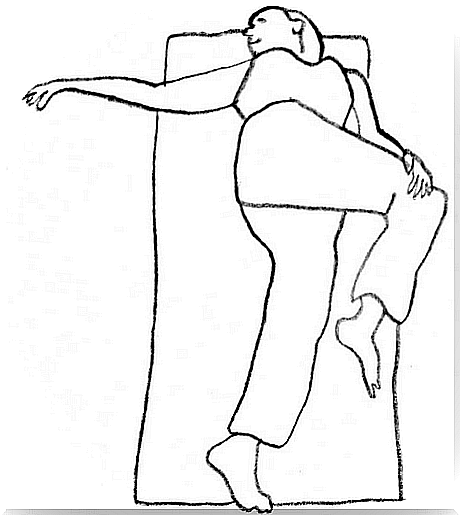
3.Knee-to-chest stretch
- Lie on your back on a mat or mat.
- Raise your right knee to your chest and hold it with both hands. Press a little to get it closer.
- Don’t lift your right foot off the ground.
- Hold for a few seconds and repeat with the other leg.
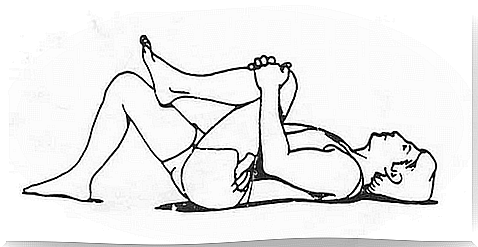
Creating the habit of doing these simple exercises daily will favor our physical and psychological balance. Taking time each day to fill ourselves with psychological oxygen is something that we cannot “leave for later”, because our well-being is something that we should never postpone. Our lives are in it.
Main image by Claudia Tremblay





